
您当前的位置:首页 » 产品展示 » 色谱柱 » HH-CO2-50专用毛细管柱 食品CO2中痕量苯/甲醇/乙醛/EO测定
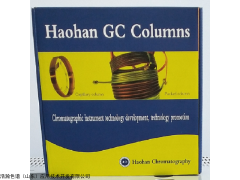
| 产品名称: | HH-CO2-50专用毛细管柱 食品CO2中痕量苯/甲醇/乙醛/EO测定 |
| 产品型号: | HH-CO2-50专用毛细管柱 |
| 品牌: | 1356 |
| 产品数量: | |
| 产品单价: | 面议 |
| 日期: | 2021-11-12 |
HH-CO2-50专用毛细管柱 食品CO2中痕量苯/甲醇/乙醛/EO测定的详细资料
食品CO2中痕量苯/甲醇/乙醛/EO测定食品CO2中痕量苯/甲醇/乙醛/EO测定 详细信息:
名称:毛细管柱
规格:50m*0.53mm
型号:HH-CO2-50
应用:食品级,液体,药典,二氧化碳中痕量苯及含氧化合物甲醇,乙醛,环氧乙烷和氯乙烯的测定
二氧化碳作为广泛的气体食品添加剂,广泛应用于碳酸饮料、啤酒,以及食品保鲜等领域。我国是世界第二大经济体,对食品级二氧化碳需求巨大,年需求量接近200万吨,且逐年大幅上涨。
食品级二氧化碳作为一种食品添加剂,对于有害杂质的检测必然重要。二氧化碳的来源的不同,导致对人体有害的烃、苯、硫、醛、醇等杂质的含量有很大的差别,我国目前食品级二氧化碳的主要来源为化工产品副产的二氧化碳气源。
另外,我国在食品级二氧化碳的标准制定上相对滞后,先后经历了gb10621-1989《食品添加剂液体二氧化碳石灰窑法和合成氨法》、gb1917-1994《食品添加剂液体二氧化碳发酵法》以及gb10621-2006《食品添加剂液体二氧化碳》、gb1886.228-2016《食品安全国家标准食品添加剂二氧化碳》,新标准在2017年1月1日正式实施。在新标准中对于杂质含量的要求及检测方法有详细的规定,但是标准中有些检测方法较为繁琐,需要的设备种类复杂、溯源体系不够完善、检测不确定度大。而且,国内对食品级二氧化碳的标准物质的研究均采用单一组分,在实际检测中,需要每种组分使用一台仪器单独分析。这样每检测一种组分都需要进一次样,检测时间长,效率低,所以对食品级二氧化碳进行快速检测是亟待解决的技术问题。
浩瀚色谱(山东)应用技术开发有限公司研发一种能快速检测、准确度高的食品级二氧化碳中杂质组分色谱分析装置及其检测方法。采用专用毛细管柱一次进样测定食品级CO_2中有机杂质:甲醇、苯、乙醛、环氧乙烷和氯乙烯的含量,分离好,柱效高,结果准确。
浩瀚色谱的产品,;浩瀚色谱,提供详细的分析方案
食品CO2中痕量苯/甲醇/乙醛/EO测定 测试谱图:

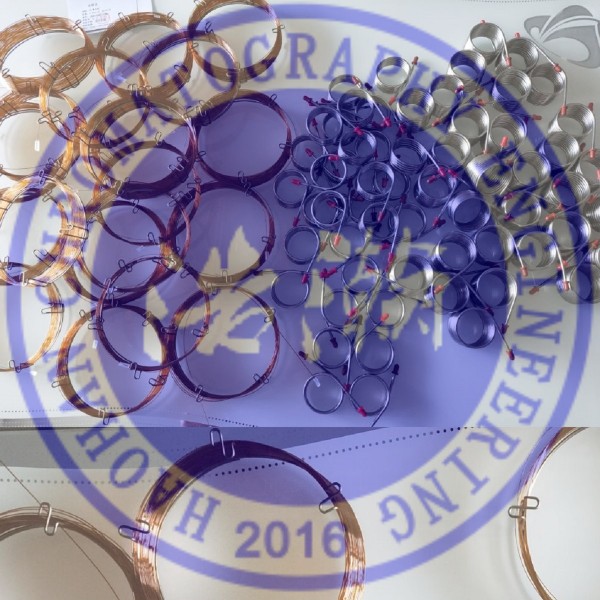
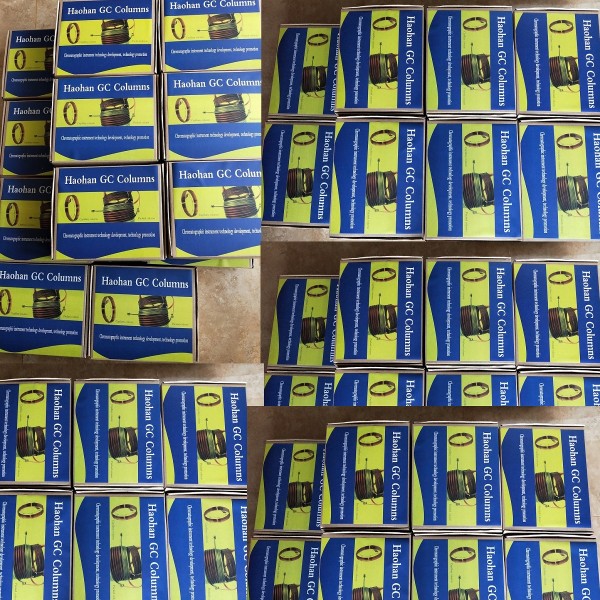
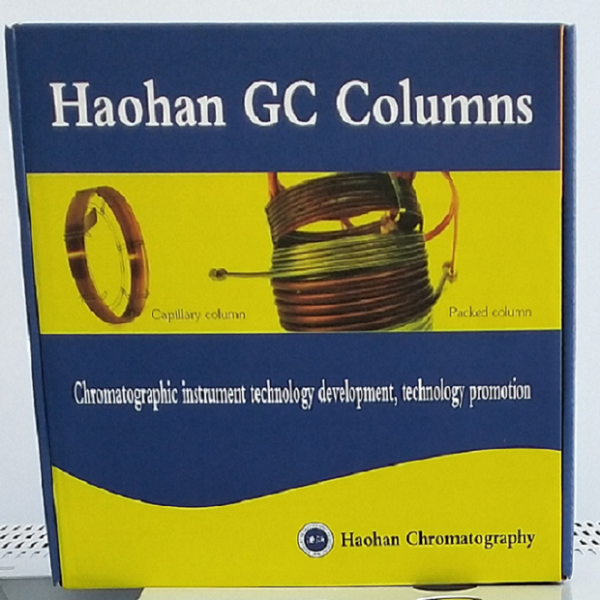
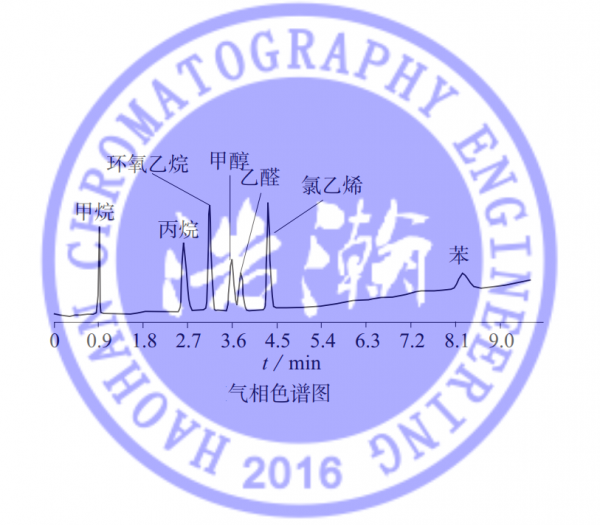
Determination of trace benzene/methanol/acetaldehyde/EO in food CO2
Name: Capillary Column
Specification: 50m*0.53mm
Model: HH-CO2-50
Application: Determination of trace amounts of benzene and oxygenated compounds in food grade, liquid, pharmacopoeia, carbon dioxide, methanol, acetaldehyde, ethylene oxide and vinyl chloride
As the most extensive gaseous food additive, carbon dioxide is widely used in carbo
As a food additive, food-grade carbon dioxide is inevitably im
In addition, my country is relatively lagging in the formulation of food-grade carbon dioxide standards. It has successively experienced gb10621-1989 "Food Additive Liquid Carbon Dioxide Lime Kiln Method and Synthetic Ammo
Haohan Chromatography (Shandong) Applied Technology Development Co., Ltd. has developed a fast detection and high accuracy food-grade carbon dioxide impurity compo
A unique product of Haohan Chromatography; Haohan Chromatography provides detailed analysis schemes
Determination of trace benzene/methanol/acetaldehyde/EO in food CO2 Test spectrum: